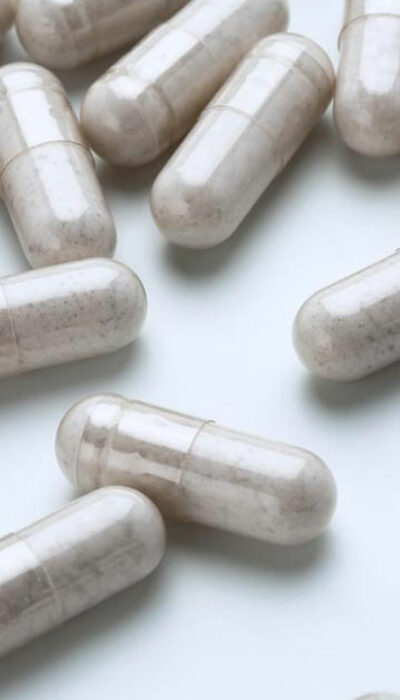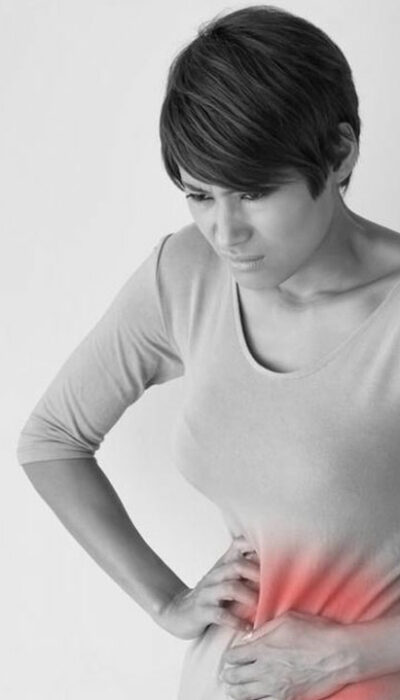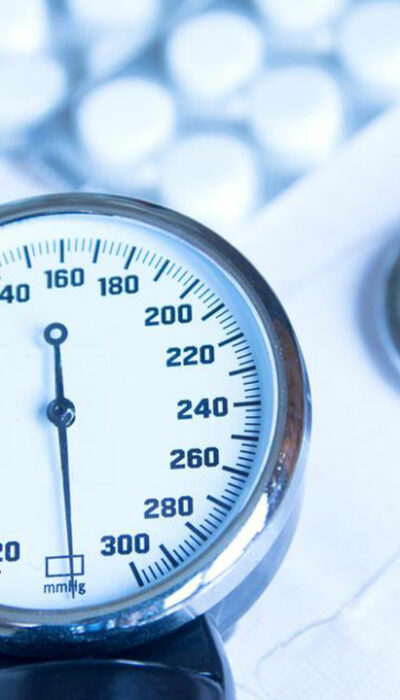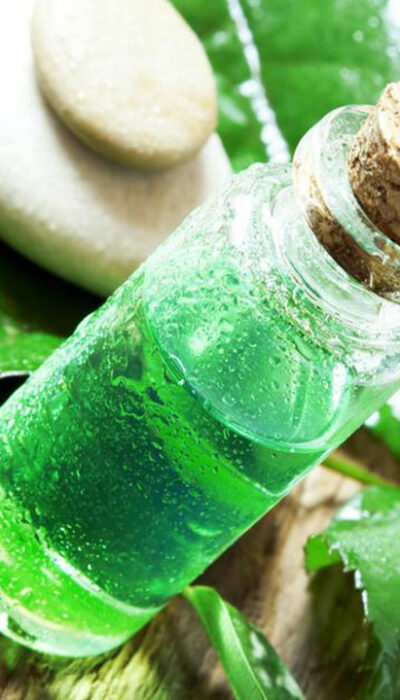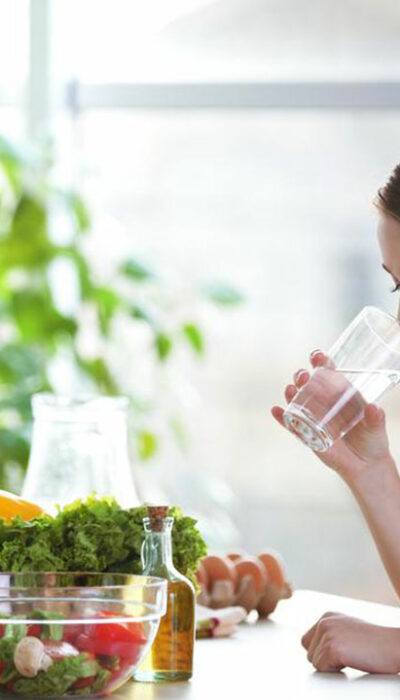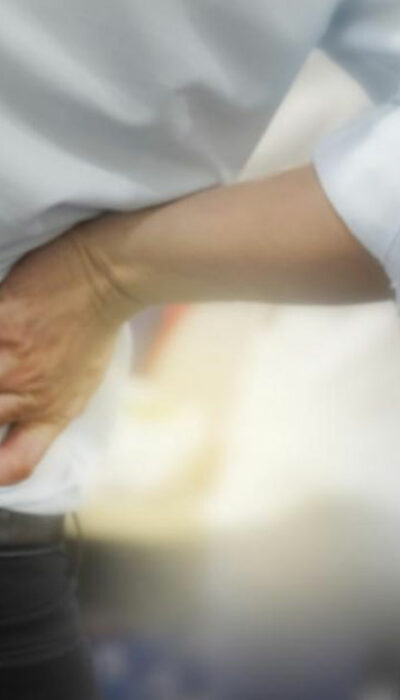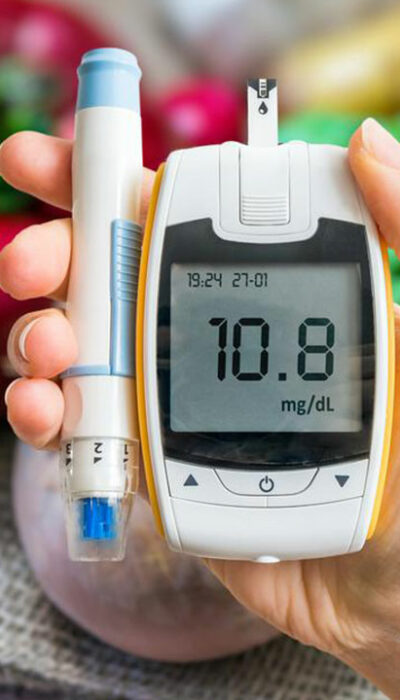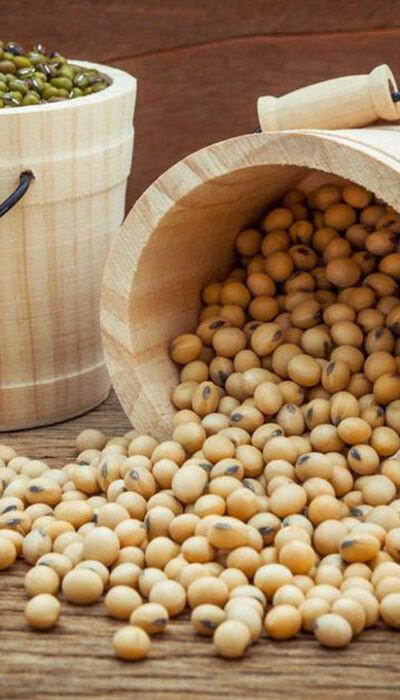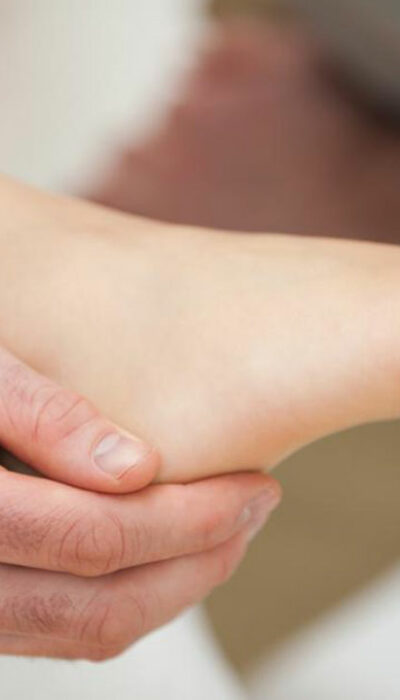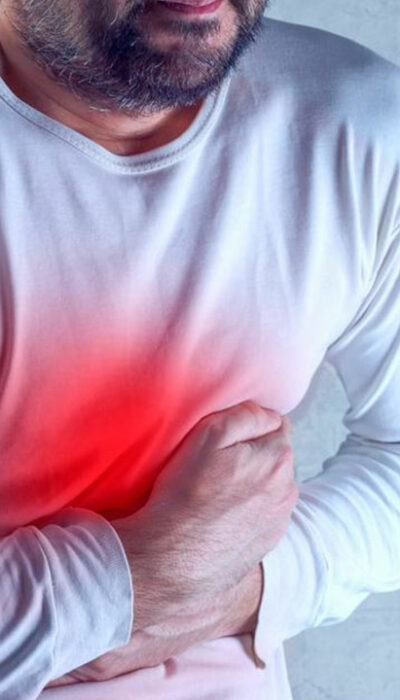
Effective Treatment Options to Cure Hemorrhoids
Hemorrhoids are the swollen veins in the lowest portion of the rectum and anus; it causes rectal bleeding. Though it is not a life-threatening physical problem, it does cause pain and discomfort especially when you pass stools. It can be easily treated and cured with certain home remedies, non-invasive, and invasive procedures. How to cure hemorrhoids with different methods? Home remedies You can get relief from mild pain, inflammation, and swelling with certain home remedies. Sometimes, these are all you need when you’re searching for how to cure hemorrhoids. High-fiber foods: Start eating more vegetables, fruits, and whole grains since these have a high fiber content. These foods help in softening the stool as well as increases its quantity. This is the best way to cure hemorrhoids and to avoid strain which can aggravate the existing symptoms of hemorrhoids. However, you must slowly add fiber to your diet to avoid the formation of gas. Regular soaking and sitz bath: Take some warm water and soak your anal area into it for 10–15 minutes, three times a day. Get yourself a sitz bath which easily fits onto the toilet bowl to cure hemorrhoids. Topical treatments: You can choose to apply an over-the-counter cream or suppository which contains hydrocortisone. You can also use witch hazel pads or any pads containing a numbing agent to cure hemorrhoids. Avoid dry toilet papers: After every trip to the bathroom, use non-perfumed and no-alcohol wet or moist toilet paper or towelettes to clean the anal area to cure hemorrhoids. Keep the anal area clean: You must always keep the anal area clean. Thus, bathe or take a shower every day with warm water and ensure to gently clean the skin around the anus. Never use perfumed or alcohol-based wipes. Gently pat the area to dry or use a hairdryer for the same.
